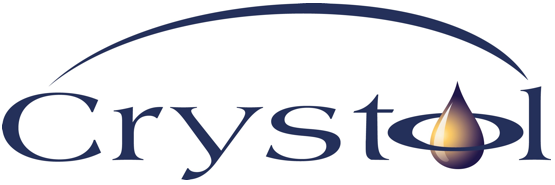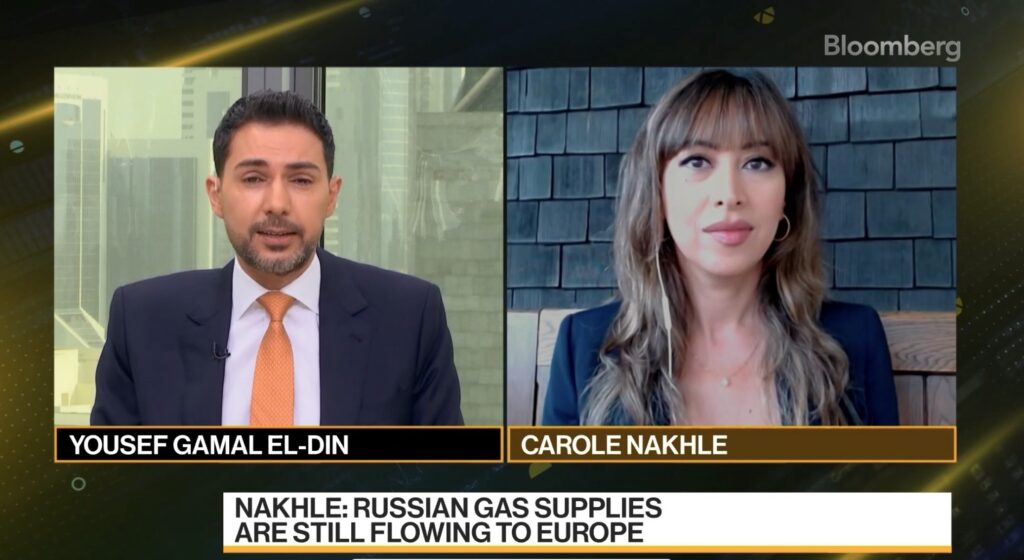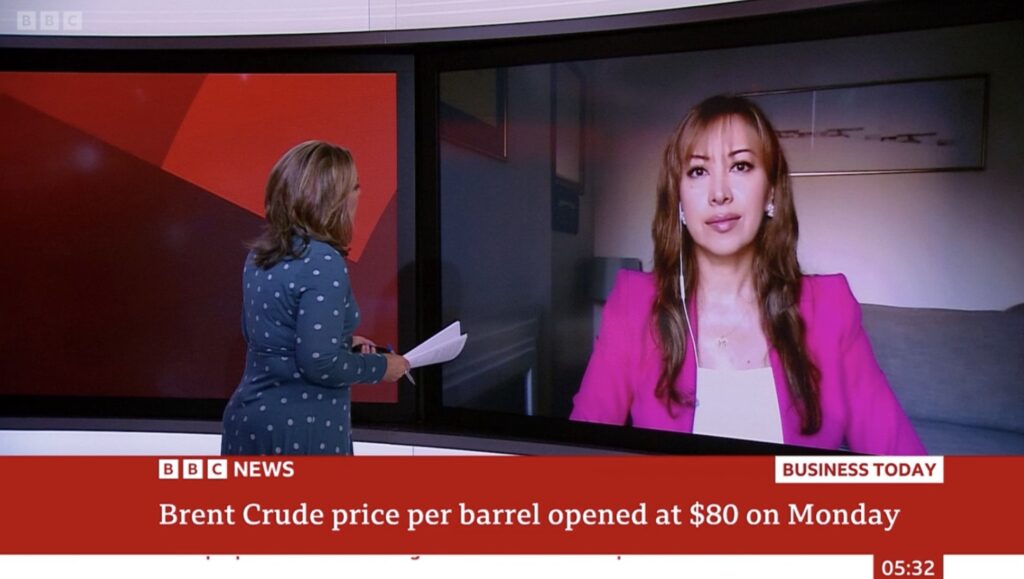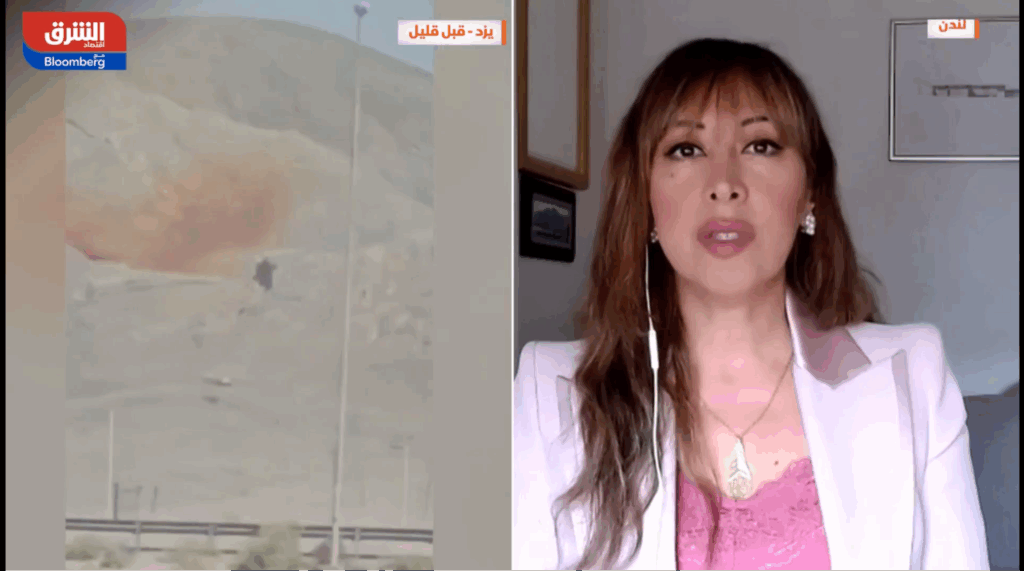In this interview given to Yousef Gamal El- Din from Bloomberg, Dr. Carole Nakhle, CEO of Crystol Energy, discusses the outlook for oil and gas markets.
Key takeaways:
– It is difficult to set ceilings and floors for Brent oil prices given the heightened levels of uncertainty that oil markets are experiencing.
– On balance, for now, OPEC+ has succeeded in setting a floor of US$ 80 per barrel floor. Macroeconomic data has also supported the upward pressure on prices.
– Data from the US shows inflation losing momentum which has increased the belief that the Fed is likely to pause its interest rate hiking policy.
– Although the data from China raises concerns about the health of its economy, it has strengthened the case for stronger government fiscal stimulus. However, we have to wait and see if the latter happens and if it does, is it going to be underwhelming or aggressive?
– The geopolitical risk premium cannot be assessed in isolation of other fundamentals in the oil markets. For example, a major geopolitical development coupled with high spare capacity could have a minimal impact on oil prices, and the opposite is true. The war in Ukraine is ongoing, yet the pressure on oil prices is much lower than what we saw last year when many feared a major loss of Russian supplies, at a time when spare capacity was low. This year, as a result of production cuts from OPEC+ among others, we have a much larger spare capacity.
– In that respect, OPEC has achieved its long advocated mantra of market stability; the cuts have translated into higher spare capacity which in turn has reduced the geopolitical risk premium.
– In gas markets, it is rather unusual to witness an increase in European gas prices, such as the Dutch TTF, at this time of the year (2022 being an exception). This reflects the degree of anxiousness that we continue to see in the market. The threat of strikes in Australian LNG, one of the top 3 LNG suppliers globally, has only fuelled that anxiety in Europe. While Australian LNG largely targets Asian markets, their loss could create more competition between Asian and European gas markets.
– Although Europe is in a better situation than compared to last year, its dependence on Russian gas continues. While pipeline gas from Russia has significantly decreased compared to pre-war levels, it still accounts for 17 percent of the EU’s imports, second to Norway. Russia is also the second largest LNG exporter to Europe after the US.
– Gas, particularly via pipeline, doesn’t have the same flexibility in trade as oil and thus its geopolitical impact is larger.
Related Analysis
“Oil market: Shifting expectations“, Dr Carole Nakhle, Jul 2023
“The race to tax fossil fuel profits“, Dr Carole Nakhle, Jun 2023
Related Comments
“BP’s 2022 annual results“, Dr Carole Nakhle, Feb 2023
“Shell’s 2022 Third Quarter Profits“, Dr Carole Nakhle, Oct 2022
“Record profits for oil-producers“, Dr Carole Nakhle, Aug 2022









